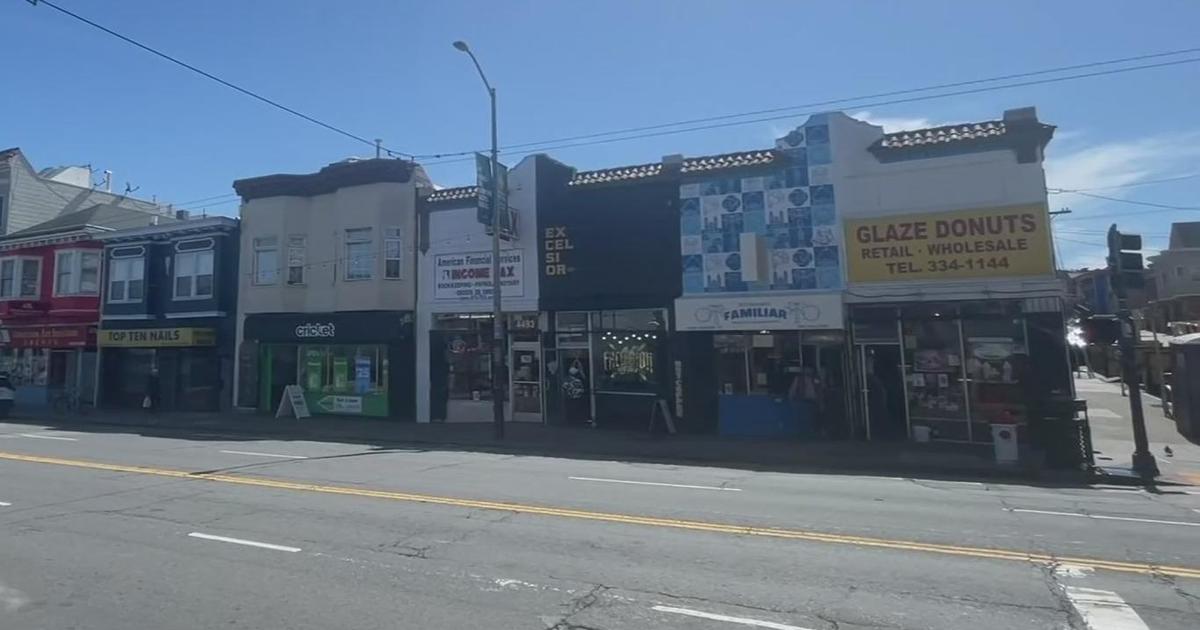Marin County To Establish 38 Miles Of Shaded Fuel Breaks In Effort To Prevent Massive Wildfires
MARIN COUNTY (KPIX 5) – As horrific wildfires have ravaged the state for the last five years, Marin County isn't waiting to be the next casualty. They're launching one of the largest fire-prevention efforts in Bay Area history.
When Bernie Casey goes dog-walking in an area above Larkspur called the Citron Bowl, the specter of wildfire is never far from her mind.
"It was right there," Casey said, pointing to the oak-covered hillside. "It was early in the morning and people had to get out."
A fire about a year ago threatened the homes above.
Marin County Fire Battalion Chief Todd Lando said, as luck would have it, a crew had just cleared out brush and a thick grove of acacia trees the week before. The difference was dramatic.
"Their work made an impact," Lando. "It made it easier for us to fight the fire, it allowed us space to control the fire alongside the fire road, kept the fire from spreading across the road."
It's a strategy called "shaded fuel breaks." The native trees remain, but all low-lying vegetation and branches are removed.
It prevents small grass fires from getting up into the tree canopy. The result is a neat, almost park-like setting, which Lando said was the forest's natural condition 100 years ago, before man began depriving it of the cleansing process of wildfire.
"But now it's been over a hundred years since a major fire burned here and there's a lot of fuel built up," he said. "And there are thousands and thousands of homes where there weren't in 1908."
So, Marin is embarking on a wildfire prevention project of epic proportions. They intend to create a line of shaded fuel breaks running behind people's homes along 38 miles of territory in the Ross Valley.
That's a length equivalent to the distance from San Francisco City Hall to the city of Mountain View.
"This is dramatic. This is the biggest undertaking of its type in our history," said Lando.
Most of the work will be done by hand crews and herds of goats and could take two to three years to complete. The money for the project is coming from parcel tax Measure C, approved overwhelmingly by Marin voters in 2020.
They've seen what has happened in other areas and now they're "all in" when it comes to fire protection.
"When things are in your own neighborhood it means a lot more," Casey told KPIX 5.
Work is expected to begin sometime this summer, probably in August. The project is estimated to cost between $3.5 million and $6 million.
Lando said they're hoping to get a state grant for about half of that. Either way, he said it will be done.



